
LASIK and Refractive Eye Surgery
Tired of wearing eyeglasses or contacts? Are you researching for more information about LASIK? Is LASIK right for you? Learn more and get tips about LASIK.
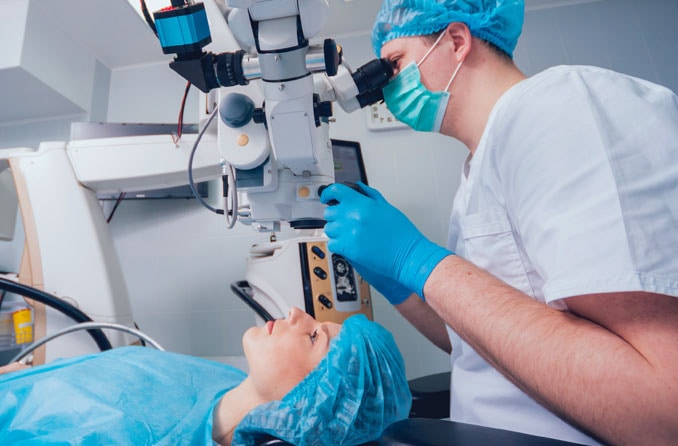
Dr. Brian Boxer Wachler and Dr. Vance Thompson debate LASIK flap creation with a traditional microkeratome (blade) or a femtosecond laser.

Read Dr. Brian S. Boxer Wachler's LASIK guidelines to find out if you're a good candidate for laser eye surgery.
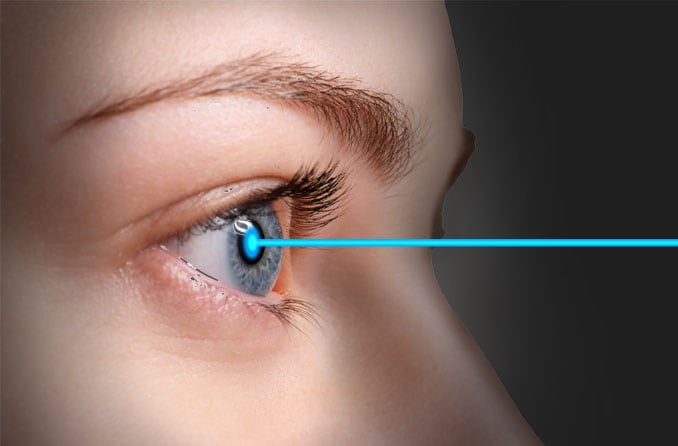
Nervous about having LASIK surgery? Choose blade-free LASIK (e.g., iLASIK) with a femtosecond laser for less stress.

Eye surgeon Vance Thompson, MD, explains the risks of LASIK during pregnancy.

Eye surgeon Vance Thompson, MD, discusses when contact lenses may be needed or desired after LASIK surgery.

LASIK surgeon Vance Thompson, MD, addresses whether LASIK can correct amblyopia (lazy eye).

Learn about LASIK and astigmatism from refractive eye surgeon Vance Thompson, MD
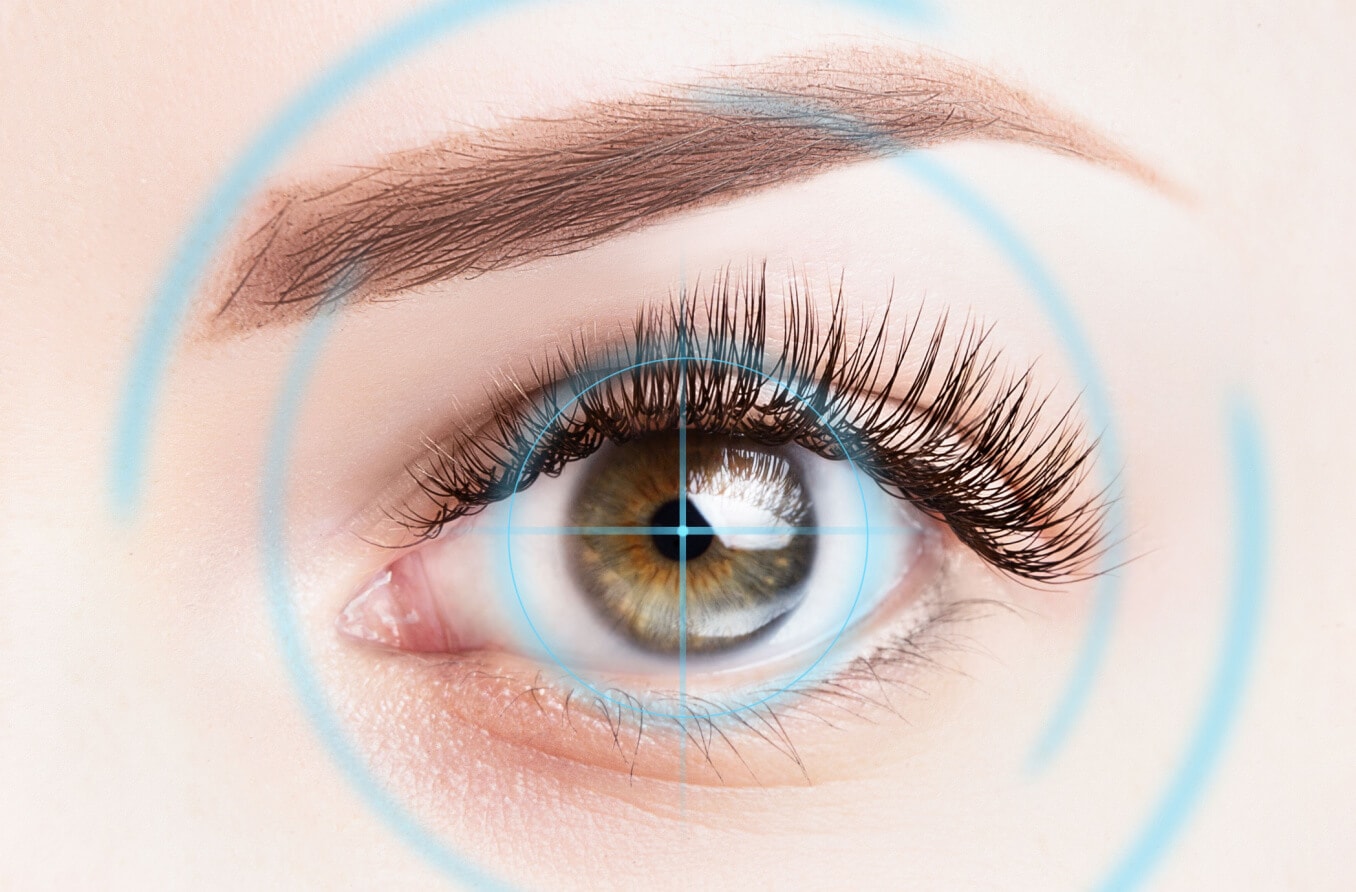
Learn how corrective eye surgery evolved and which procedures might be right for you.
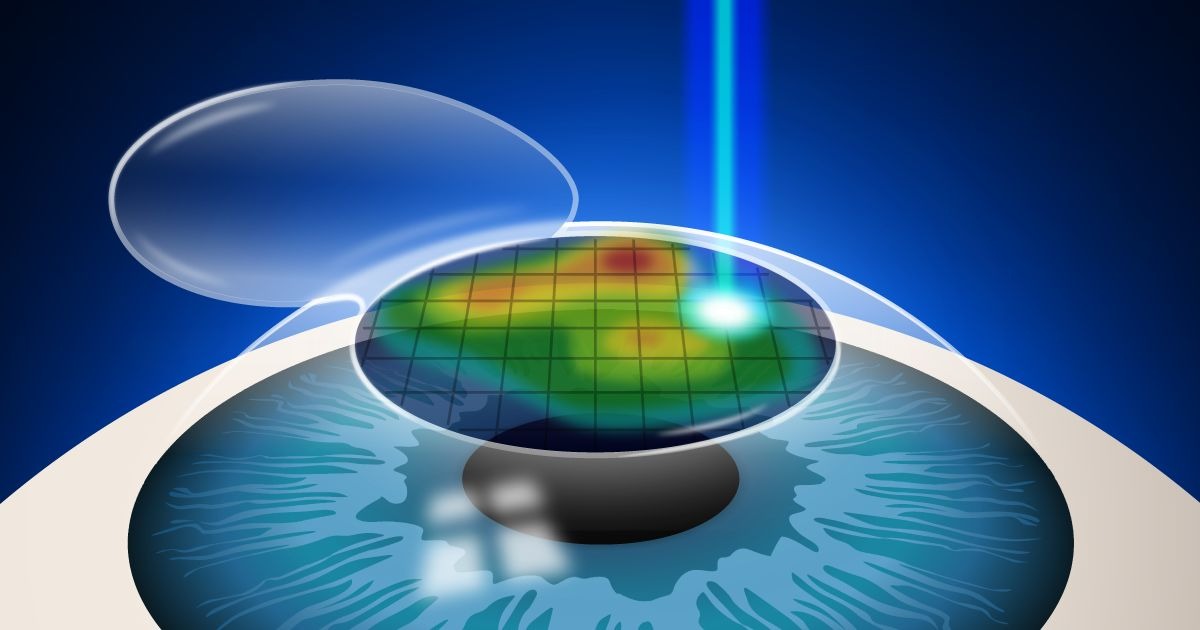
Custom LASIK, or wavefront LASIK, provides a more personalized vision correction than regular LASIK. Find out if it's right for you.

Vision insurance providers will not cover LASIK as elective surgery, but certain incentives are available to help with the cost.
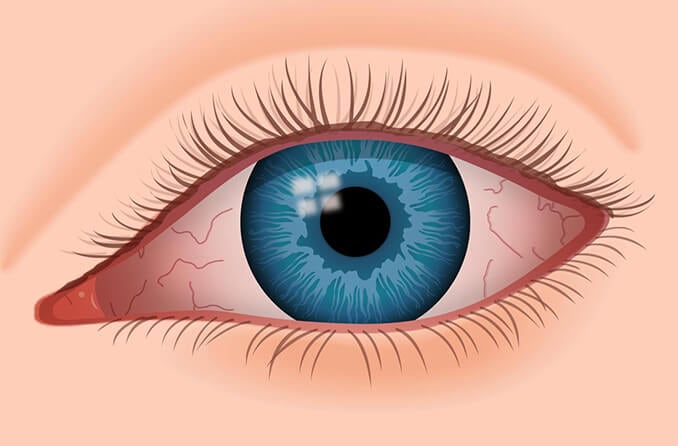
What can be done about dry eyes before and after LASIK? These strategies help improve eye comfort.
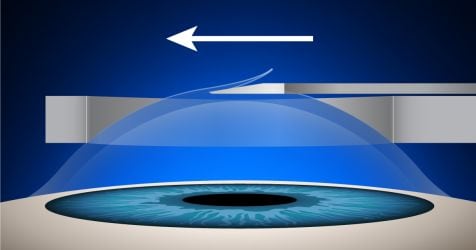
What is Epi-LASIK? Learn how this LASIK variation differs from traditional LASIK, and how it compares with LASEK or PRK.

Not everyone is a good candidate for LASIK. Check out these common concerns to help you determine if LASIK is right for you.
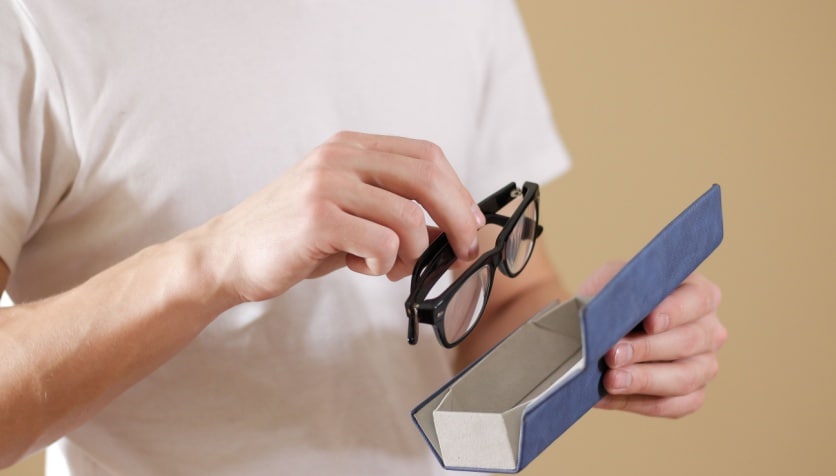
Eye surgeon Vance Thompson, MD, discusses the long-term stability of LASIK and PRK vision correction surgery.

Eye surgeon Vance Thompson, MD, discusses how long it takes for your eyes to fully recover from LASIK surgery.

Find out how much you can expect LASIK eye surgery to cost in 2021, and which factors could affect your final price.

Eye surgeon Vance Thompson, MD, explains the minimum age requirements for LASIK.

The skill of your LASIK surgeon is crucial to a good outcome; review a checklist of tough questions to ask before choosing a surgeon.
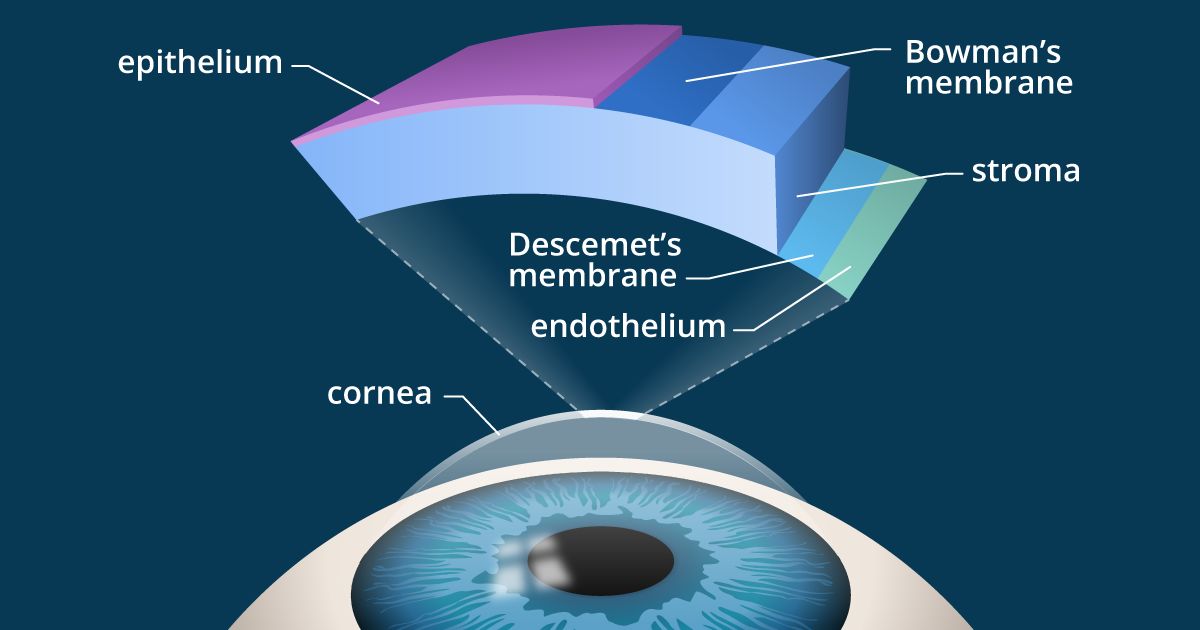
Corneal implants known as inlays and onlays are a new option for corrective eye surgery.
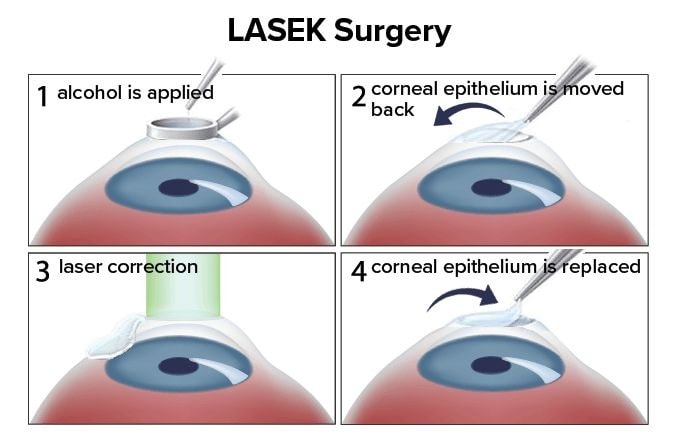
Dr. Brian S. Boxer Wachler says LASEK may be a better option than LASIK in some cases. Learn when LASEK is the right laser eye surgery choice.
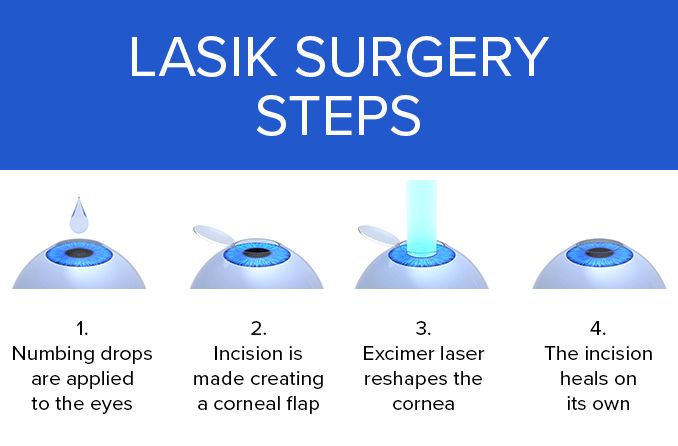
Dr. Brian S. Boxer Wachler explains LASIK eye surgery; what to expect before, during and after the LASIK procedure; and a step-by-step slide show.
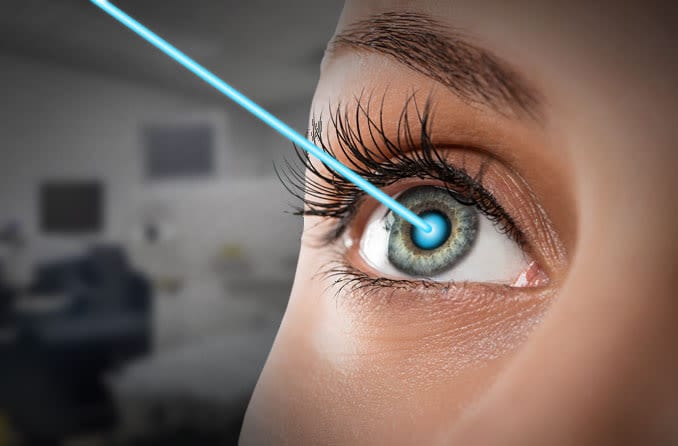
A LASIK enhancement may be needed to sharpen vision after your first laser eye surgery.

Financing makes LASIK affordable for almost anyone; here's how to pay for your LASIK procedure.
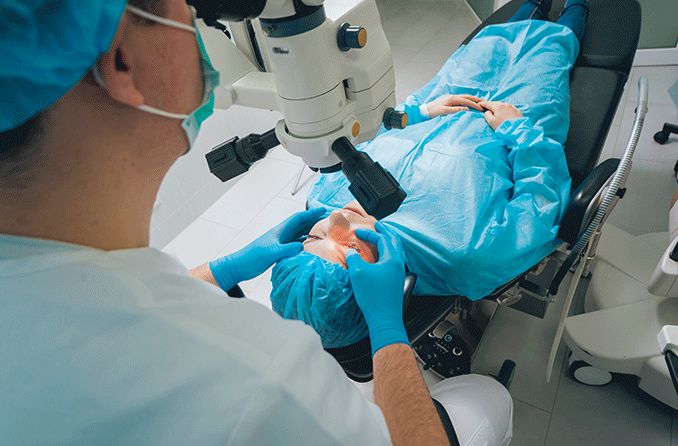
Dr. Brian S. Wachler details the excimer lasers approved by the FDA for LASIK surgeries, highlighting the different types of LASIK lasers and how they work.pes and they work.

Learn what kind of vision you can expect after LASIK; read the latest statistics.

Dr. Brian S. Boxer Wachler reveals LASIK complications and risks, including side effects and potential long-term problems.
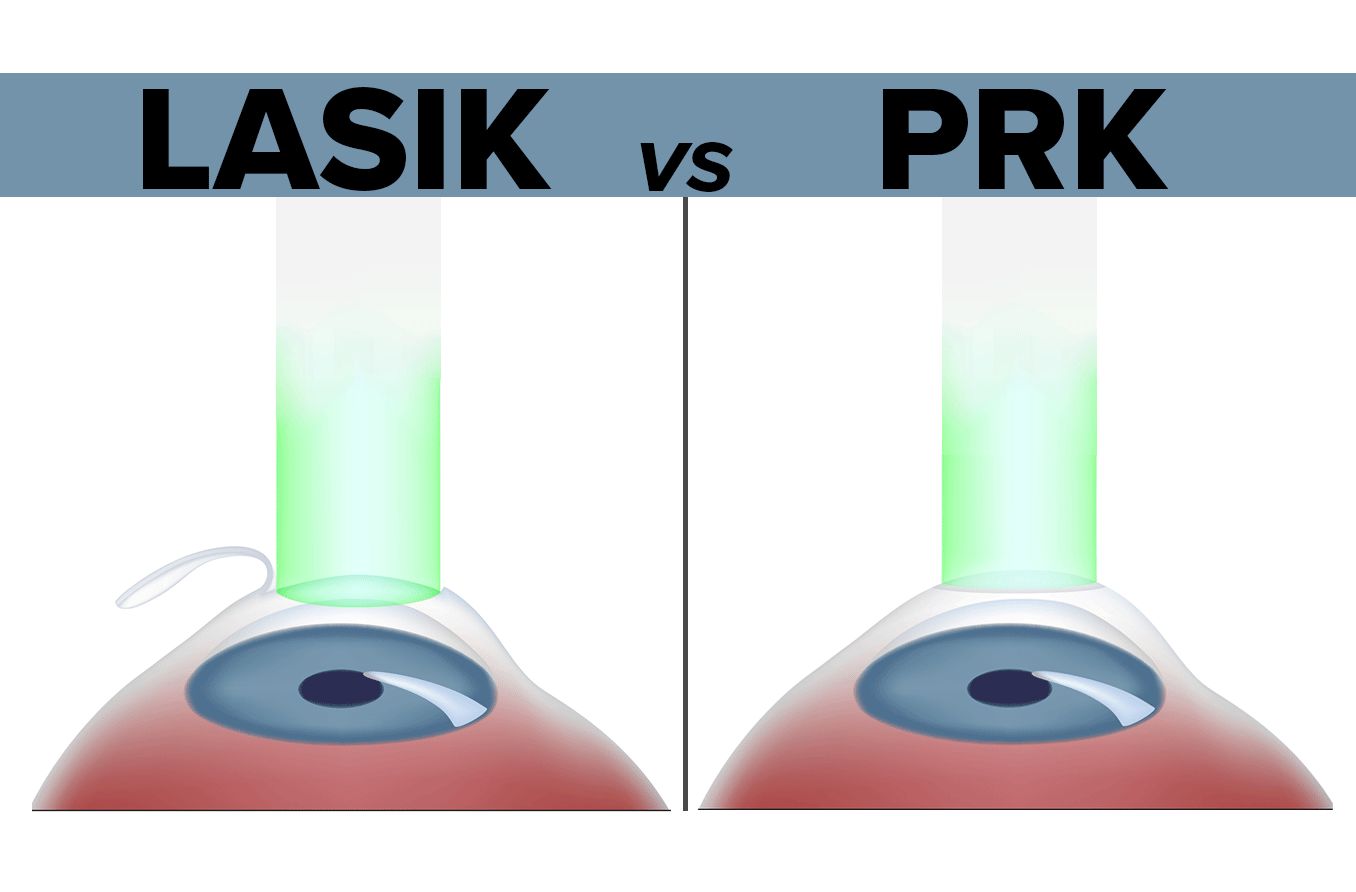
Considering laser eye surgery? Learn about PRK vs. LASIK and find out which of these popular types of vision correction might be best for you.

Learn why phakic IOLs (implantable lenses) are sometimes a better choice than LASIK surgery to correct your nearsightedness.
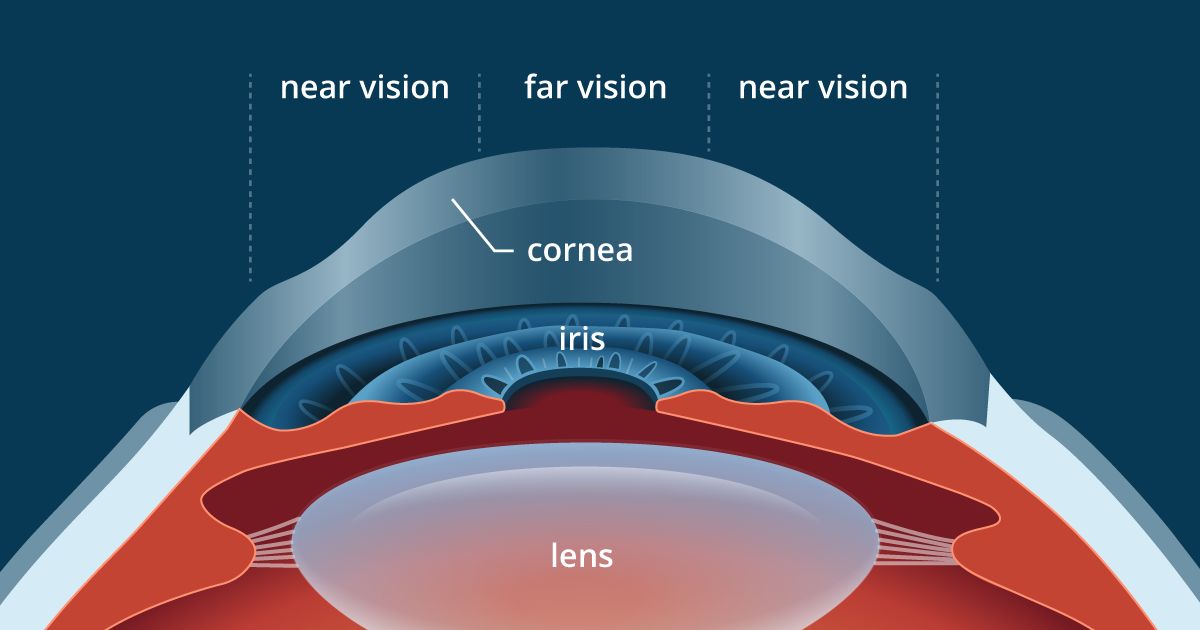
PresbyLASIK enables sight at multiple distances; could this procedure work for you?

Tired of reading glasses or bifocals? Learn about investigational and existing presbyopia-correcting surgical options, such as monovision LASIK.

Dr. Brian Boxer Wachler says refractive lens exchange or clear lens extraction may be better than LASIK for presbyopia and hyperopia.
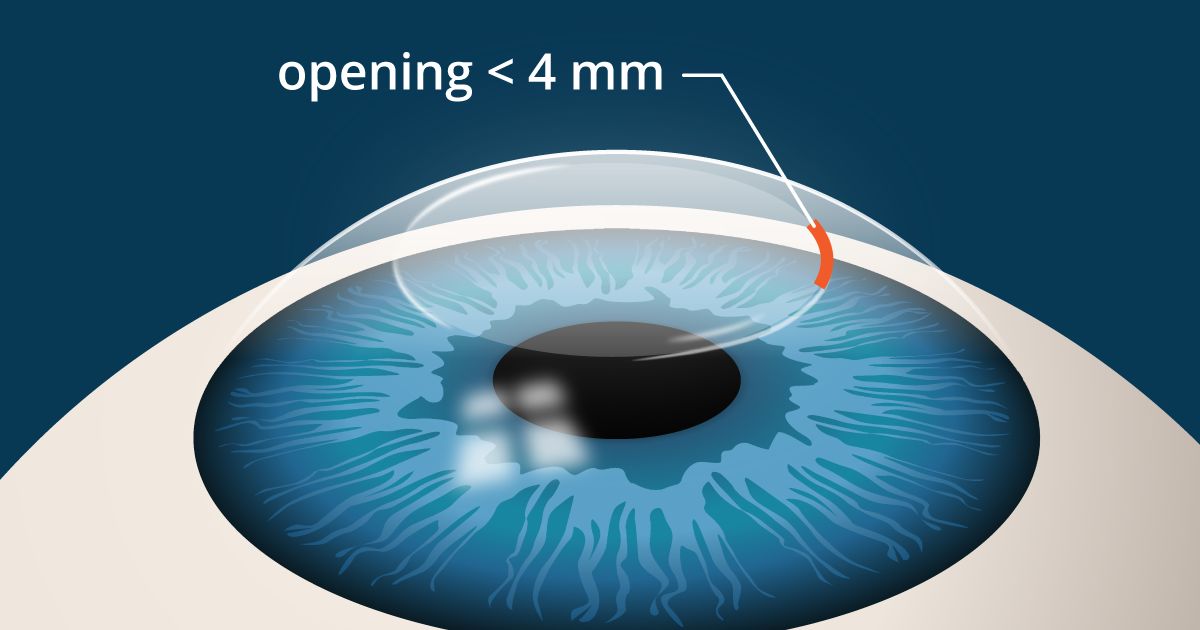
SMILE is a laser eye surgery that has a lot in common with LASIK. Learn about the differences - advantages, limitations and cost.

Both celebrities and “regular” people alike can benefit from the vision correction of quick and essentially pain-free LASIK eye surgery.

Eye surgeon Vance Thompson, MD, explains why blinking or moving during LASIK surgery typically is not a problem.
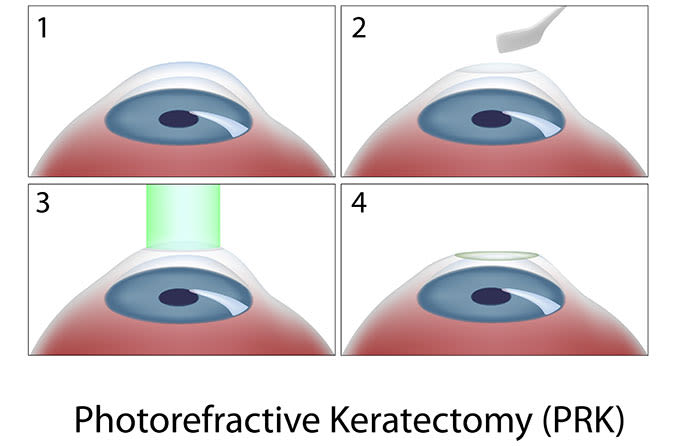
PRK is a refractive vision surgery that corrects myopia, hyperopia and astigmatism by altering the shape of the cornea with a laser.
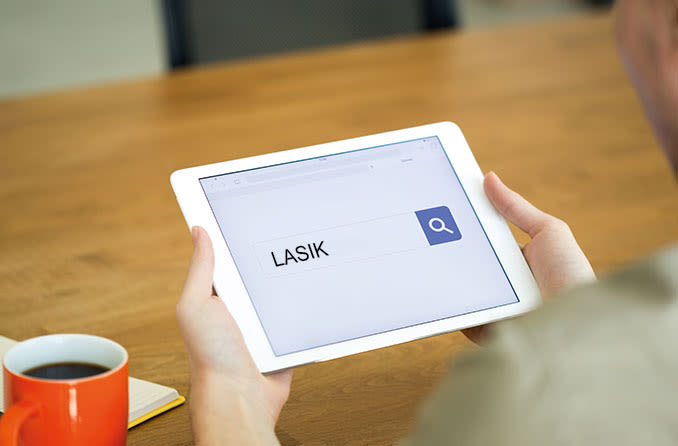
What happens after LASIK? Learn about recovery time, things to avoid, follow-up exams, when you can drive and more.

We provide a guide to post-LASIK eye drops, making it easy to keep your eyes hydrated and healthy after vision surgery.

Eye surgeon Vance Thompson, MD, discusses when to discontinue contact lens wear prior to LASIK surgery.
All About Vision and AllAboutVision.com are registered trademarks of AAV Media, LLC. © 2000-2025 AAV Media, LLC. The content on this site is for informational purposes only. All About Vision does not provide medical advice, diagnosis or treatment. Contact an eye doctor if you need medical attention.